CONTENTS
What’s the Largest Size for Checked-in Luggage: Essential Guide
Cabin Backpacks - Made for All Airlines
View AllThe long-awaited holiday has arrived, and you are all packed and ready to go. But wait - don’t celebrate just yet! You still haven’t checked in your luggage, and surely, nobody wants to overstay their welcome at the airport.
There are baggage limits, and abiding by them can save you lots of money, time and effort. If you are packing for a family trip or an extensive getaway, chances are there’s a colossal amount of things to bring along.
An oversized suitcase will most definitely cost you excess fees at the counter. With that, what’s the largest size for checked-in luggage? Read on as we walk you through all the size regulations for checked bags.
From the maximum dimensions allowed to the ideal types of containers, no stones will be left unturned. So sit up and take notice! Believe us, you wouldn’t want to miss out on this guide.
Size Limits For Checked Luggage
Generally, a luggage piece must not exceed 62 linear inches. Size allowance plays a crucial role in determining whether or not your baggage makes it onto the aircraft.
It ensures that every passenger shares the same amount of space in the cargo hold, and ramp agents have an easier time handling bags. Most airlines set this limit in consideration of baggage handlers, who are likely to get injured while doing their jobs.
The rule, however, doesn’t apply to odd-sized baggage (bikes, fishing gear, kayaks, surfboards, etc.). The good news is that you can still go to a regular check-in desk for this type of luggage, and they will place a label on it and designate an odd-size counter for you. After an X-ray scan, you are good to go.
Fun fact: Not many airlines charge extra fees for odd-sized items. Be sure to have a look at related information and inform your airline beforehand for a cost-effective flight.
Many might be familiar with the concept of weight and size restrictions. You put the baggage on a scale and measurement. If it exceeds a permitted number, you pay an extra amount of fee. It’s that simple!

All on board! Your hefty luggage is also on its way. Photo by Goh Rhy Yan on Unsplash
1. How Airlines Measure Your Baggage
Airport workers use linear dimensions to decide whether your bag is legitimate. Clerks will use a measuring tape to gauge any luggage's height, width and length. They then calculate the sum total of each measurement and get linear inches.
For instance, if your checked bag is 35 inches in height, 30 inches in width and 17 inches long, its size will be determined as follows: 35 + 30 + 17 = 82 linear inches.
Note: Don’t trust the numbers provided by manufacturers. Most of the time, what is written on the label is a bag’s height. Always do the measuring yourself when packing.
2. Oversized Bags
Just because your oversized baggage runs over the 62-inch threshold, it is not the end of the world. You can still get them on board with an additional payment. Baggage fees average around $50-100 per bag per way depending on the airline and routes. Here are certain airlines’ hold bag restrictions and fees:
- Delta: $200 per bag within 63”- 80” (161 - 203 cm)
- American Airlines: $150-200 per bag within 62” - 126” (158 - 320 cm)
- United: $200-400 per bag within 62” - 115” (158 - 292 cm)
- Frontier: $75 per bag within 62” - 110” (158 - 280 cm)
- Lufthansa: €40-€400 per bag within 62” - 115” (158 - 292 cm)
- Emirates: $75/CA$95 per bag no more than 118 inches (292 cm).
Notice how they only charge luggage up to a certain size (around 120 inches or less)? Bags larger than that are not permitted to fly, even if you are willing to pay the oversized fee. So remember to check with the airlines beforehand and pack accordingly.

The price you have to pay for bringing oversized luggage. Photo by ConvertKit on Unsplash
3. Don’t Forget About Weight Restrictions
Even if your luggage is within the size limit, there’s the weight concept you have to keep an eye for. Generally, most carriers allow you to carry a checked bag of no more than 50-70 lbs (23-32 kg).
The standard weight restriction most airlines apply is between 40-50 lbs (18-23 kg). More generous free checked bag allowances (up to 70 lbs/32 kg - fixed weight imposed by IATA) are often found in higher ticket classes.
Some airlines don’t even care about checked luggage size but its weight of it. For instance, Jet2 has no mention of hold bag size. But they charge £12 per kg for every overweight bag.
2. Picking the perfect Checked Baggage
Luggage in compliance with aviation regulations is commendable, but when it comes to size, do take notice of several other things. We promise they won’t disappoint.
Type Matters
Travel luggage comes in a wide range of shapes and materials. Suitcases, duffle bags and backpacks are the three most prominent types. Depending on your priorities, they will come in handy at different times.
Suitcases, specifically hardshell ones, are guaranteed to shield your belongings against virtually any kind of turbulence. Expect checked-in luggage to come out unharmed every time.
If you are looking for something more suited to rough terrain, duffle bags and backpacks are the way to go. Their malleable nature will help users fit a more diverse set of items in their luggage. Adventure awaits the second you step outside of the plane.
Trip Length Determines Size

Choose wisely if you don’t want your baggage content ruined! Photo by prostooleh on Freepik
A good container should fit like a glove. The length of each trip varies, and it is a good idea to pick out a bag accordingly. At the end of the day, nobody wants their luggage contents flying around and damaged post-flight.
We have put together a list of suitcase sizes in congruent with different durations of stay for your reference. Feel free to use this your next time jetting.
- 14 days and below: 18 to 22-inch suitcase
- 2-3 weeks: 27-inch suitcase
- 4 weeks and above: 25 to 32-inch suitcase
Portability Goes A Long Way
It goes without saying that any traveller should equip oneself with a wheeled bag. The rolling motion undeniably renders lugging baggage a breeze. You will no longer struggle to carry suitcases/duffle bags onto public transport or across the airport hall.
There are two popular types of portable luggage: rollaboard (2-wheeled) and spinner (4-wheeled). If you are accustomed to pushing bags around as opposed to pulling, opt for the latter. With larger luggage, however, a good old rollaboard suitcase is sure to save some space in the cargo hold due to its recessed design.
Fun fact: The wheels on rollaboard luggage are designed bigger in size and more sturdy. Users will find it easier to drag their bags in a straight line, even on rocky surfaces. On the other hand, spinners provide more agility, making it the top contender for meandering through busy crowds.
Do you want to have less headache when flying? How about investing in a quality carry-on bag and forget all about checking in (and the pain of it). Travel light and living out of a pack are real and doable. With a little bit of planning and research, anyone can do it.
3. FAQ
1. Are Wheels And Handles Tallied Towards The Luggage Measurement?

These small guys are often overlooked. Photo by Pew Nguyen on Pexels
For many, it might be of second nature to leave out wheels and handles when measuring the dimensions of suitcases. We hate to be the bearer of bad news, but anything that sticks out of the checked luggage is, indeed, included in the overall measurement.
If your bag appears to be close to the 62-inch limit, it is advisable to double-check and change suitcases if necessary. Lugging an oversized container to the check-in counter won’t end well for anyone. So don’t take any risk in the first place.
2. How Rigid Are Airlines With Luggage Size Checking?

Toe the line, and the clerk will let you through in a heartbeat. IG: @afs_coelho
Good news, the counter clerk often gives passengers some leeway with the baggage dimensions. You will have little to no problem checking in your bag, so long as it falls into a safety margin of 1-3 inches.
Since luggage at the counter is measured with regular tapes, service workers will allow some room for error. The same can’t be said for carry-ons, as your luggage must be of specific height, width, and depth in order to fit inside the overhead cabin.
As a general rule of thumb, don’t carry baggage that looks ridiculously big. If the difference is visible to the naked eye, you might want to consider another container.
3. How Do I Manage Oversized Baggage When Travelling?
While it is not advisable to travel with oversized baggage, the task is far from impossible. Do take the following things into account to ensure a seamless journey.
It is a cardinal rule that you arrive at the counter early. The check-in process is relatively longer for oversized luggage. Typically, if there isn’t any odd-sized item in your bunch, there’s no need to contact the airline in advance.
Once landed, anyone would intuitively head straight to the carousel to collect their luggage. However, more often than not, large suitcases won’t end up on the belt for safety reasons.
If this is the case, claim your items at the oversized baggage counter. Trust us. This is way better than injuring yourself while lifting bags off the carousel.

Heads-up, your massive luggage might not be waiting at the belt conveyor! Photo by Markus Winkler on Unsplash
Last but not least, do brace yourself for the hefty price that comes with some extra inches. Now, most airlines would go easy on oversized luggage so long as it doesn’t exceed the weight limit. Nevertheless, some will charge an additional fee. Preparing the money beforehand helps a ton.
4. How do I Measure My Bag At Home?
Taking baggage measurements is not rocket science, anyone could get it done in the comfort of their own home. Below are some tricks that we have compiled to make the process a little bit easier for you.
To ensure accuracy, be sure to measure the bag upright. Include all the features that stick out as they matter. If there are rounded edges, extend your tape to the very end. Be extra careful, or else errors will occur.
Sometimes, laying your suitcase against flat surfaces like the wall might do the trick. This method eliminates a great deal of variables, rendering your result exceptionally close to the exact number.
5. Can I Check In A 32-Inch Luggage?
Yes, you can. However, keep in mind that linear measurement is what matters. Measure to see if your 32-inch luggage dimensions (length + width + height) are within 62 inches or not.
Bottom Line
62 inches is the magic number. Have it ingrained in your mind for the next epic holiday. By knowing the largest size for checked-in luggage, you’ll have an easier time at the airport.
Now that you’re armed with all the know-how, all there is left to do is power through the check-in procedures like a boss and jet off to the destination of your dreams.
We hope this article was helpful. There are many tips and tricks to avoid excess baggage fees. Feel free to share with us your favorite tips in the comments section down below. Until next time, bon voyage!
Anna Pham

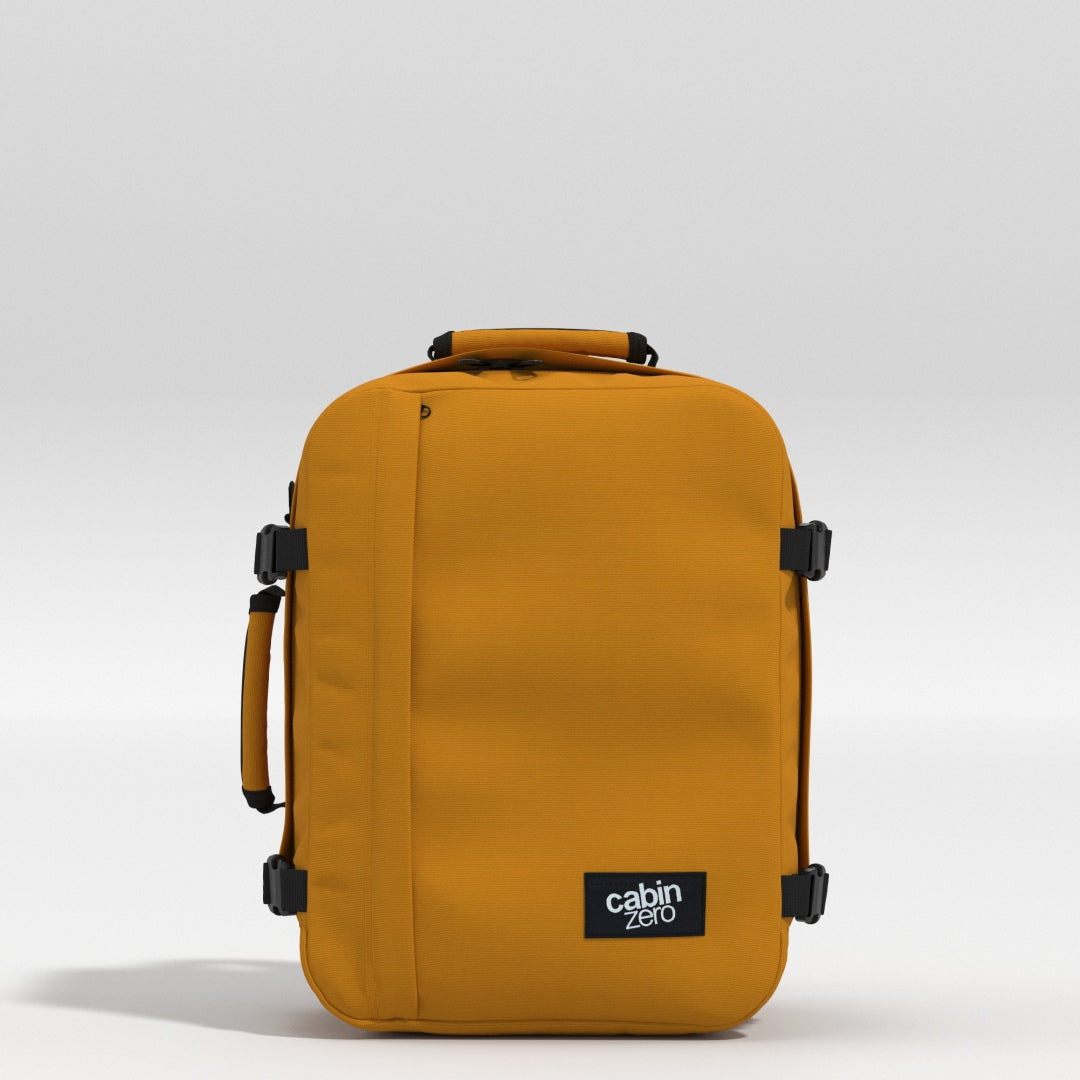

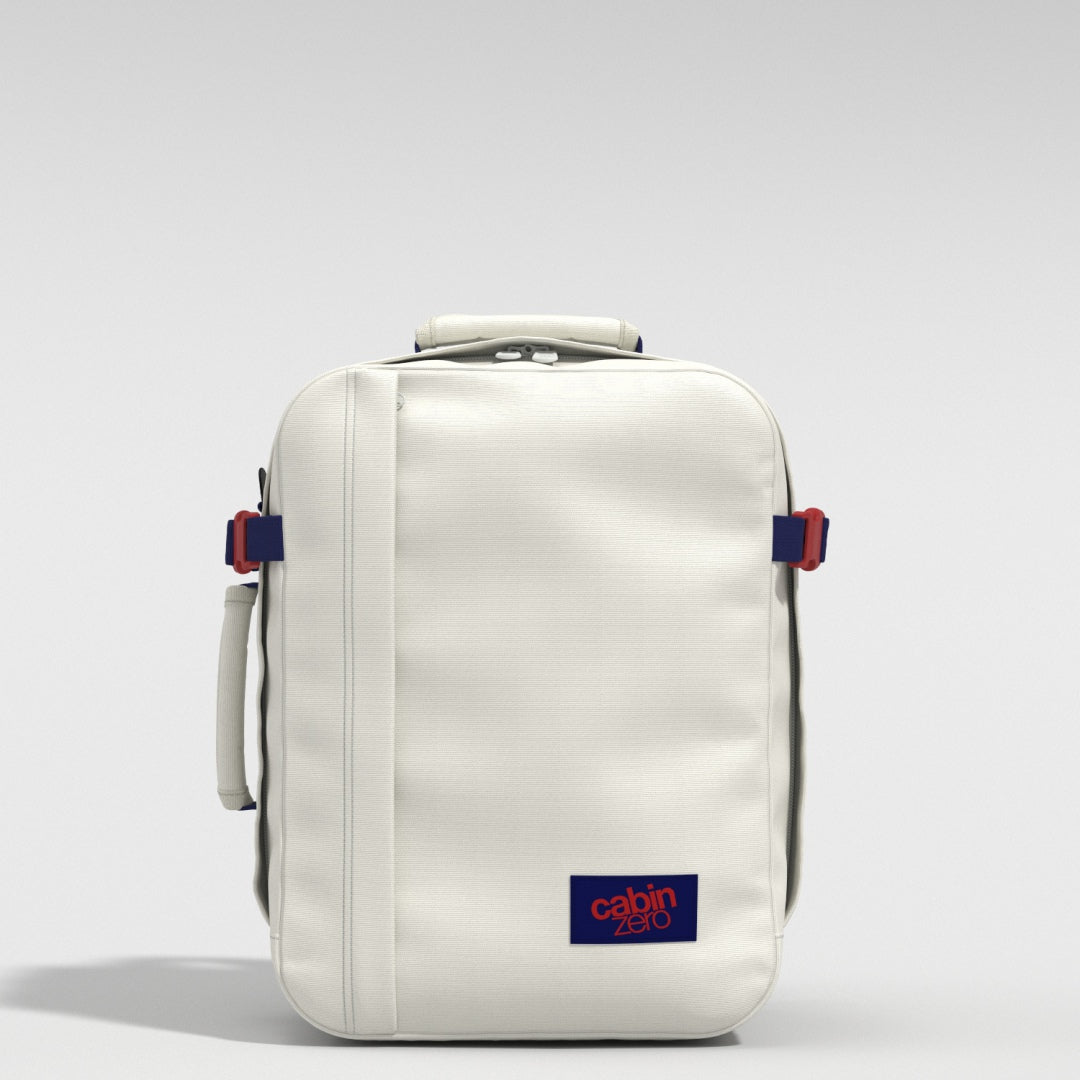

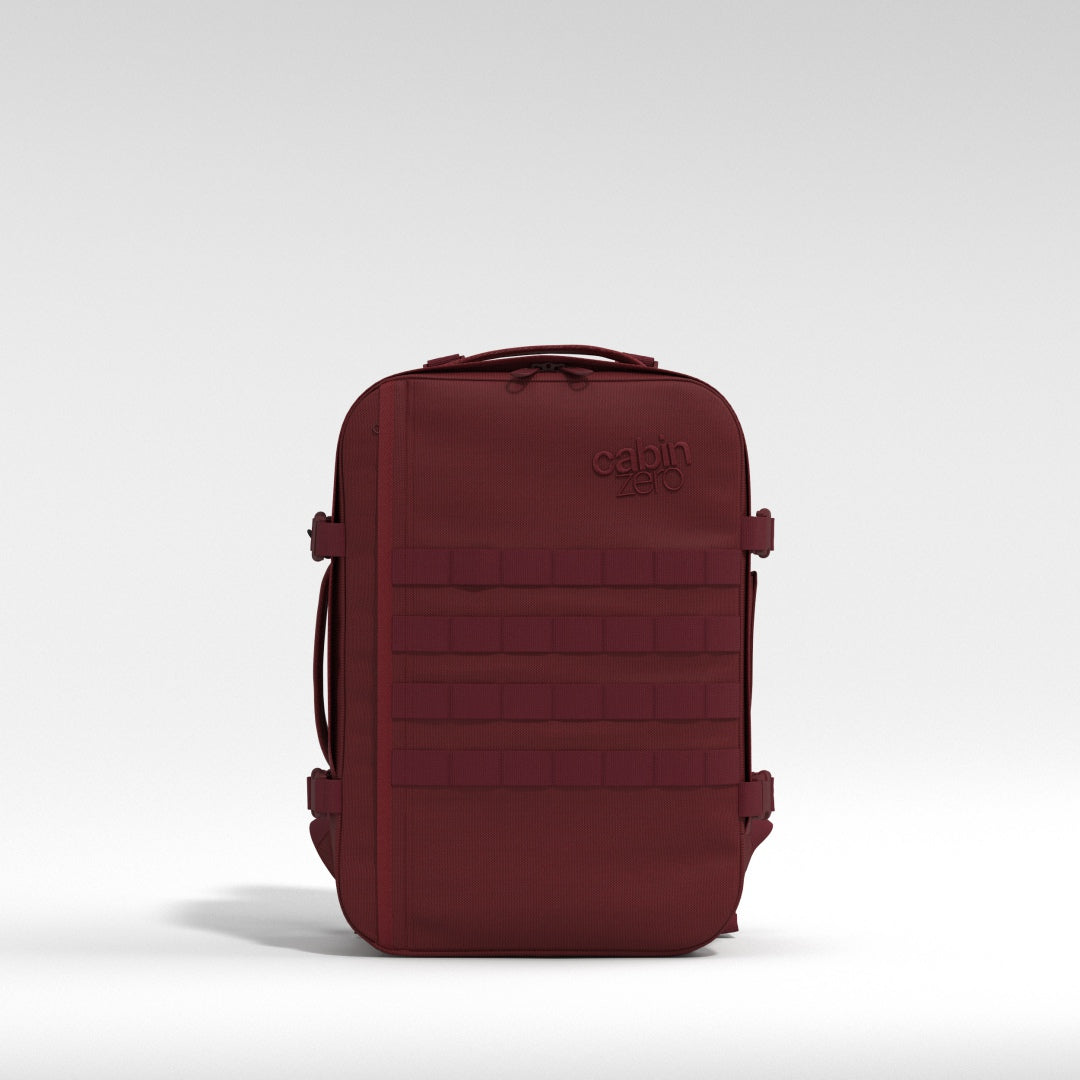

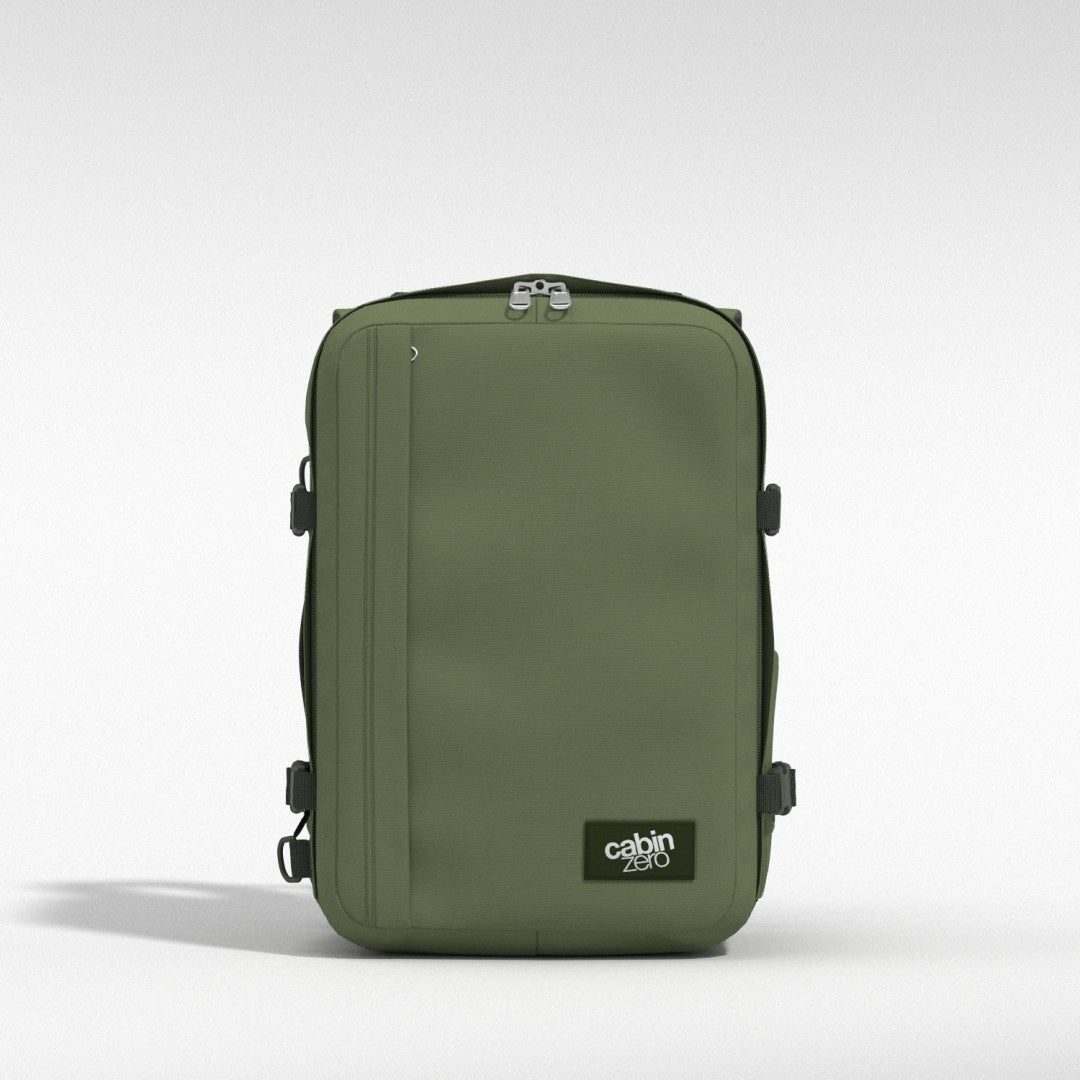

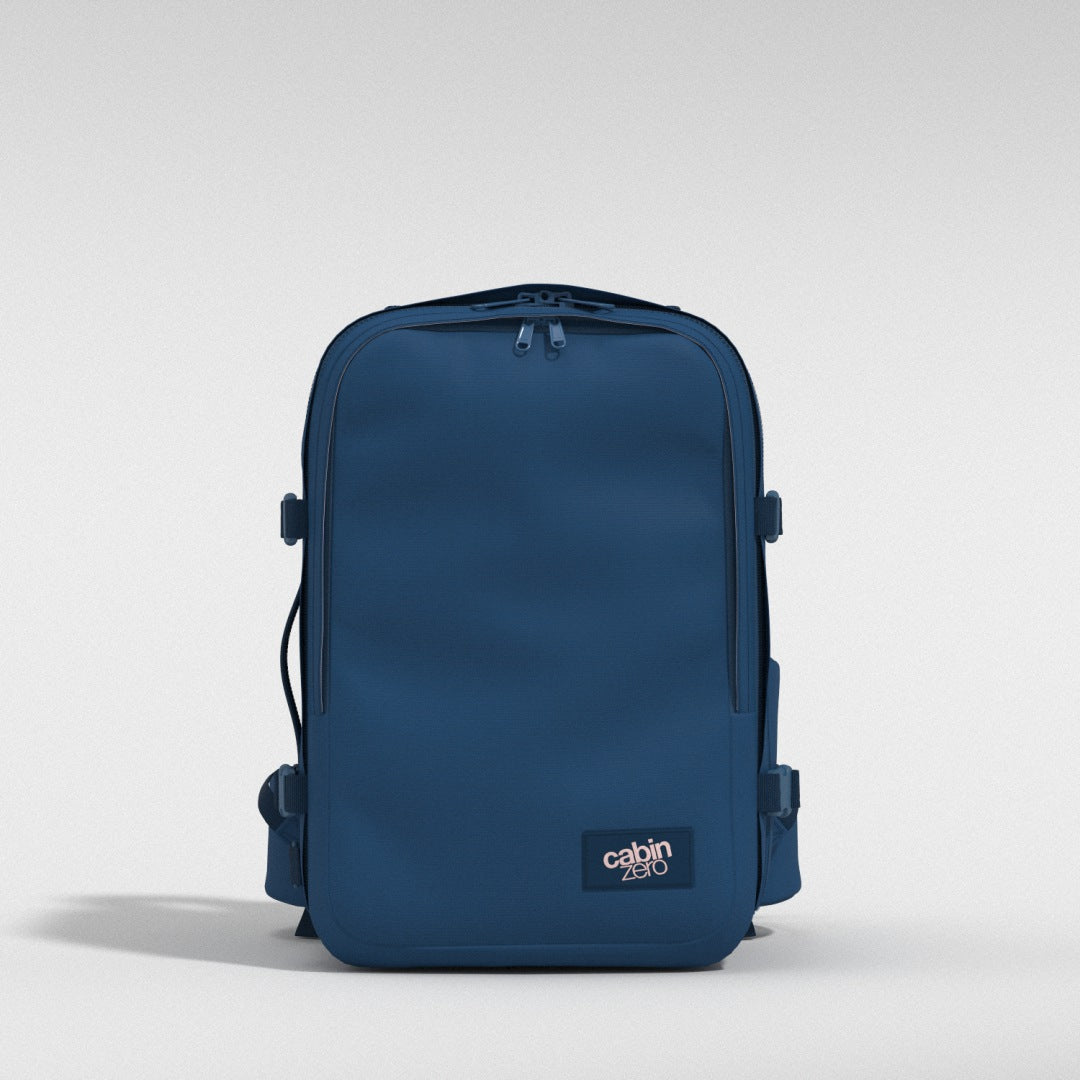




Thanks – the article was helpful and cleared up some questions.
My suitcase is 34×22.6×12.8 hardshell for 3 months in USA flying with aer lingus will this be ok to check in?
Thank you! I wish I had read this earlier. I’ve discovered some of this on my own recently through trial and error and buying and returning suitcases. I finally learned the correct way to read dimension labels from different brands. Your article confirms that my newest luggage order will meet both domestic and international standards. Thanks! Barbara
Thank you for the information. It was written well. It solves all my concerns about baggage at the airport.
Leave a comment